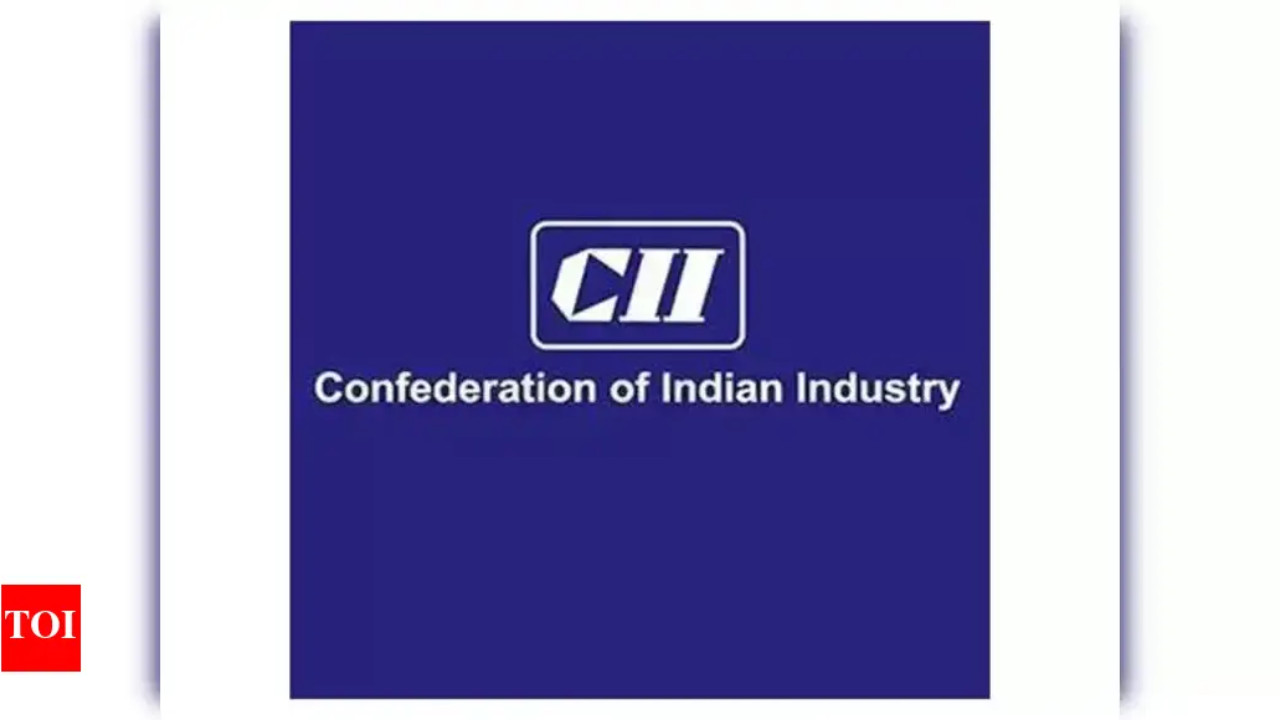CII’s comprehensive reform blueprint aims to accelerate India’s economic transformation through simplified GST, rationalized tariffs, and new employment policies. The report proposes over 250 actionable recommendations across 14 critical areas, including bringing petroleum and real estate under GST. These measures seek to boost growth, job creation, and sustainability, positioning India for global leadership.
India’s Ambitious Vision: Can Strategic Reforms Fuel the Ascent to ‘Viksit Bharat’?
India stands at a pivotal juncture, brimming with potential to transform into a developed nation – the ambitious “Viksit Bharat” vision. But turning aspiration into reality requires more than just wishful thinking. It demands strategic, well-coordinated reforms that unleash the full power of the nation’s economic engine.
The Confederation of Indian Industry (CII), a prominent voice of Indian businesses, has recently outlined a comprehensive roadmap for achieving this very goal. Their recommendations touch upon critical areas like GST, trade, and labor, sparking a vital conversation about the path forward. It’s a conversation worth paying close attention to, because the choices we make now will define India’s economic trajectory for decades to come.
Streamlining GST for a Seamless Economy
One of the key planks of the CII’s reform agenda centers on the Goods and Services Tax (GST). While GST has undoubtedly been a game-changer, simplifying the tax landscape and fostering a unified national market, there’s still room to refine it. The CII proposes further streamlining GST processes, advocating for fewer tax slabs and simplified compliance procedures.
Imagine a scenario where businesses, especially small and medium-sized enterprises (SMEs), spend less time navigating complex tax regulations and more time innovating, expanding, and creating jobs. That’s the promise of a truly streamlined GST regime. This includes reducing the burden of reverse charges and input tax credit mechanisms, enabling smoother cash flows for businesses of all sizes. The ability to ease these challenges for our essential businesses will have a widespread positive impact.

Boosting Trade Competitiveness in a Globalized World
India’s engagement with the global economy is also in the spotlight. The CII emphasizes the importance of enhancing trade competitiveness, advocating for policies that lower transaction costs and promote export diversification. This involves actively pursuing Free Trade Agreements (FTAs) with key trading partners, opening up new markets for Indian goods and services.
Think about the potential for Indian manufacturers and service providers to gain a stronger foothold in international markets. A strategic approach to trade, combined with investments in infrastructure and skill development, can help Indian businesses compete on a level playing field and unlock new avenues for growth. This includes prioritizing the negotiations of agreements that reflect the modern needs of the Indian economy, including digital trade and intellectual property protections. See more about how India can benefit from these trade agreements, [here](internal-link-to-trade-article).
Reforming Labor Laws for a Flexible and Productive Workforce
Labor reforms are often a contentious but crucial element of any economic transformation. The CII proposes a pragmatic approach to labor laws, advocating for greater flexibility and simplification. The goal is to create an environment that encourages job creation, boosts productivity, and safeguards the interests of workers.
This involves consolidating and streamlining existing labor laws, making it easier for businesses to comply and for workers to understand their rights. A more flexible labor market can attract investment, foster innovation, and create more opportunities for India’s vast workforce. It’s about finding the right balance between protecting workers’ rights and creating a business-friendly environment. It means ensuring fair wages, benefits, and working conditions, while also allowing companies to adapt to changing market conditions.
The CII’s vision is not simply about dismantling existing safeguards, but about creating a modern, efficient, and equitable labor ecosystem.
The Road Ahead: Collective Action and Shared Vision
Achieving the “Viksit Bharat” vision is not the sole responsibility of the government. It requires a collaborative effort involving businesses, policymakers, and civil society. The CII’s reform roadmap provides a valuable framework for this collaboration. It’s a call to action for all stakeholders to work together to create an enabling environment for sustained economic growth and inclusive development. It necessitates an ongoing dialogue, a willingness to compromise, and a shared commitment to building a brighter future for India. A future where every citizen has the opportunity to thrive and contribute to the nation’s progress. Successfully implementing these reforms is an ambitious, yet achievable task.
India’s journey towards becoming a developed nation hinges on its ability to embrace bold and strategic reforms. The CII’s recommendations provide a crucial starting point for this important national conversation. By prioritizing GST simplification, trade competitiveness, and labor reforms, India can unlock its full economic potential and realize the “Viksit Bharat” vision.







